Filmmaking is the process of producing motion pictures. A motion picture is commonly known as a movie, moving picture, picture, photoplay, flick, and most commonly, ‘film.’
Filmmaking can broadly be termed a multimedia art form, evoking a large number of emotions in the mind of the viewers. It involves a fair balance of artistic freedom, but unlike other art forms, it caters to a wider audience.
So having the basic structure of a film gives a better understanding to the audience. This is why understanding the basics of filmmaking is a crucial part of developing any film project. Filmmaking involves the following stages:
- Development: At this stage, ideas for the films are generated and developed. As there is a high risk of copyright issues in terms of digital media consumption, rights to the existing intellectual properties are purchased at this stage. This is practical at the start of the process to avoid any form of the stinky situation at the end of the process. At this stage, the budget for the film and the funding sources are also determined. This is a key aspect of the later stages of the process.
- Pre-production: This stage revolves around arranging and preparing for the shoot. This may include human factors such as hiring the cast and the film crew. It also includes logistical factors such as the selection of the shoot locations and the construction of sets.
- Production: This stage mainly revolves around the ‘shooting’ of the film. The raw footage and other important elements like music, audio, light balances, and so on are recorded during the film shoot.
- Post-production: This stage involves the editing of the different raw footage to arrive at a desired result. The recorded images, sound, and visual effects are edited and combined into a finished product.
- Distribution: This is the final stage which involves the understanding of market forces associated with the distribution of the final product. This includes distribution, marketing, and screening of the film in cinemas or its release for home video viewing.
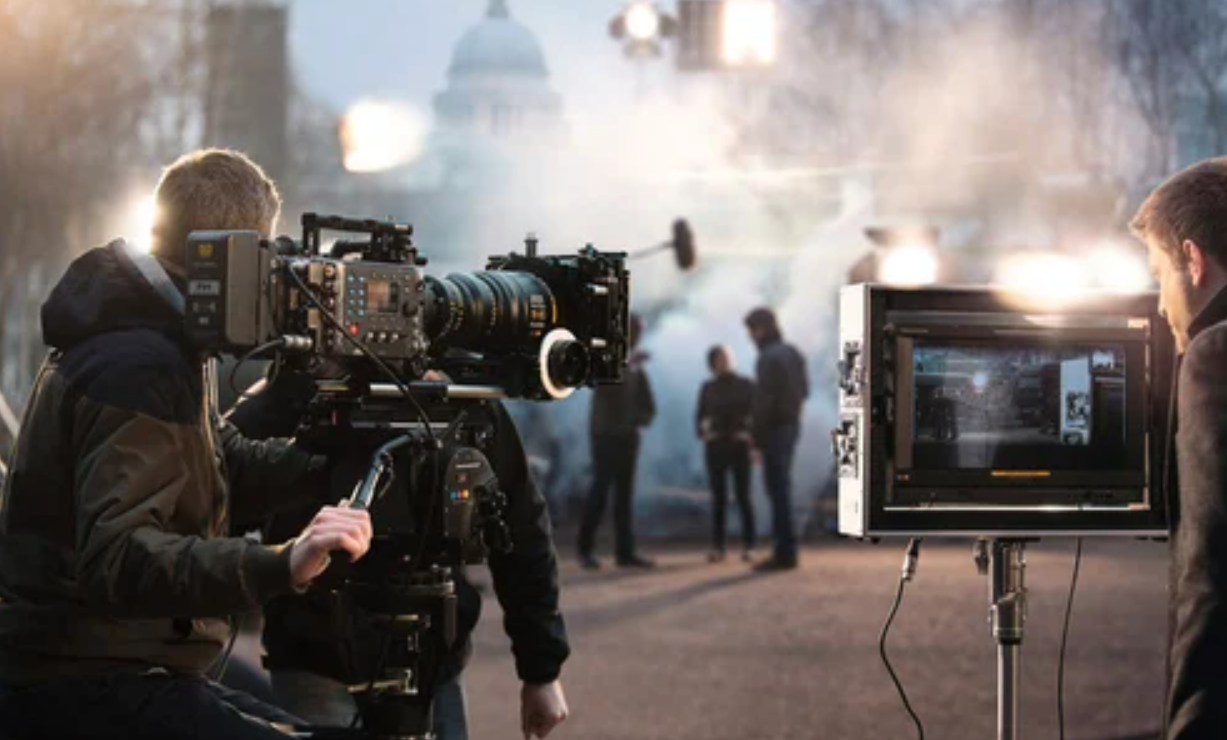
Here is a list of 15 free online courses that can set someone in the direction of filmmaking, capturing the key essence of developing a film or a video project.
1. Top 10 Secrets to Creating Cinematic Videos – Parker Walbeck – Full-Time Filmmaker
This is a 1-hour long master class set up by Parker Walbeck from Full Time Filmmaker. This course explains the ideas put behind filmmaking. It is a great course for any level of professional knowledge, from a beginner to a professional. It is helpful to improve one’s filmmaking style and develop videos that are more professional and cinematic.
The creator talks about his own journey and talks about a number of tips and tricks, which are helpful in venturing into filmmaking as a professional creator. As the name suggests, the masterclass comprises 10 tips branded as secrets, which include – camera settings, lighting, composition, camera angles, movements, lens choice, focus, audio, storytelling, and editing. Apart from these, there is also a special bonus at the end of the video.
Overall, it is a great course to check out, given that it is free of cost.
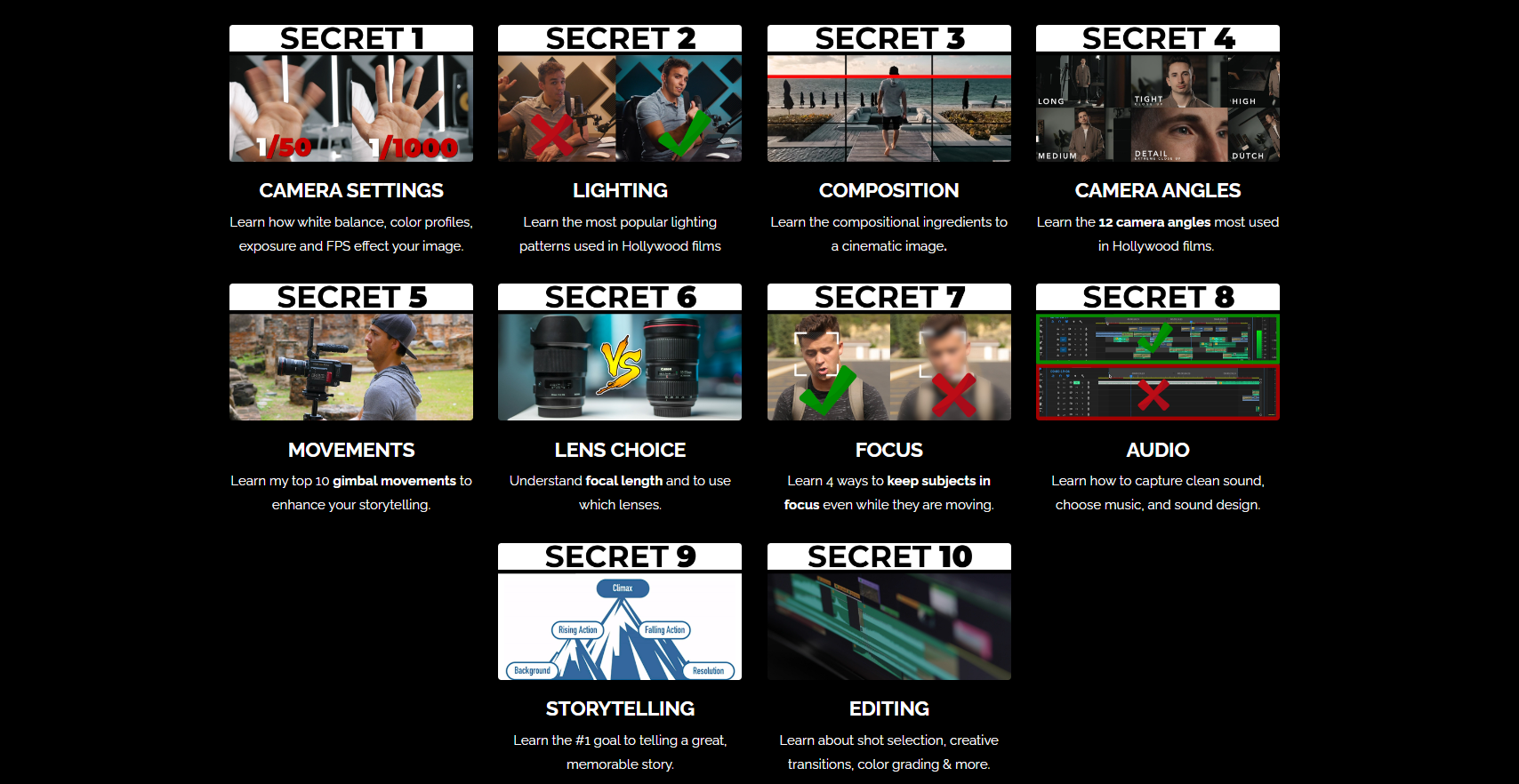
2. Introduction to Filmmaking for Beginners – wolfcrow – YouTube
This is a playlist of short videos about the details of filmmaking. It gives tips and suggestions about the essential camera shots, focal lengths, and other factors that make or break a film. This is a playlist comprising 11 videos, and even though it does not follow a conventional format of a tutorial, it encapsulates all essential elements of developing a movie or short story.
This course takes into account a large number of examples and gets the viewer interested in different styles of filmmaking techniques used in mainstream movies. Given its wide variety of videos and types of films covered, it is a very extensive course for any beginner and is worth checking out.
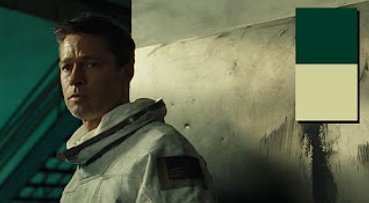
3. Online Masterclass | Filmmaking, Storytelling & Climate Change – Wex Photo Video – Youtube
This is an in-depth dive into the filmmaking style of documentaries. The creator of this masterclass is Luke Massey, who is an award-winning photographer and Filmmaker. Documentaries are often associated with a running voice-over set of videos, and there is a dire need to get the details right in post-production. At the same time, it requires a great deal of audio clarity to capture all the minute details of the subject efficiently. Such videos themselves are a masterclass in audio design.
The course also talks about how to structure such documentaries and how important messages can be provided through simple videography techniques. This video also comprises interviews with experts in this field and is a great watch for anyone who wants to get into the world of documentary filmmaking. All of this is compiled into a course of only 39 minutes.
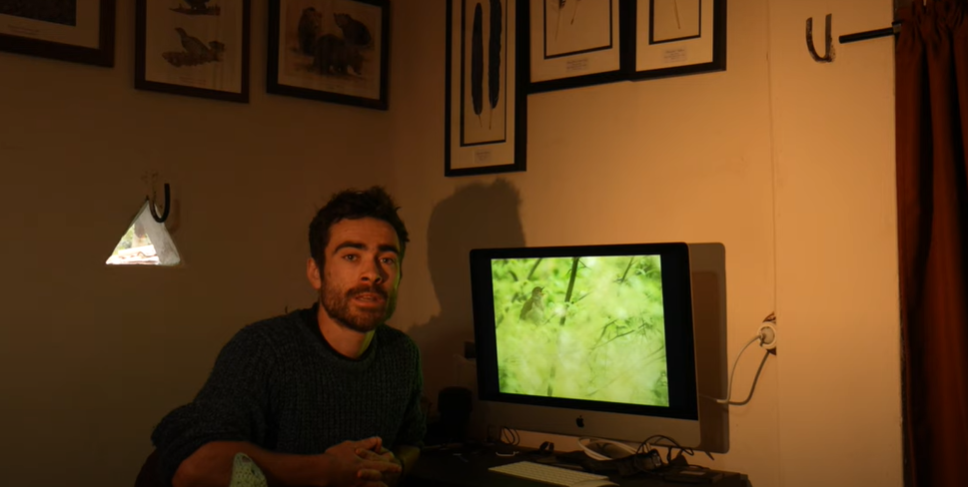
4. Online Masterclass | Creating a Short Film, Five-part Course – Wex Photo Video
Wex Photo Video has a collection of masterclasses that help develop the idea and conceptual clarity about the art of filmmaking. This course consists of five parts comprising elements of videography and the process behind starting any form of project.
The tutor talks about his journey and how he improved in this art form. It breaks down the process to its tiniest bits and is particularly helpful for new filmmakers to improve and add to their skill sets.
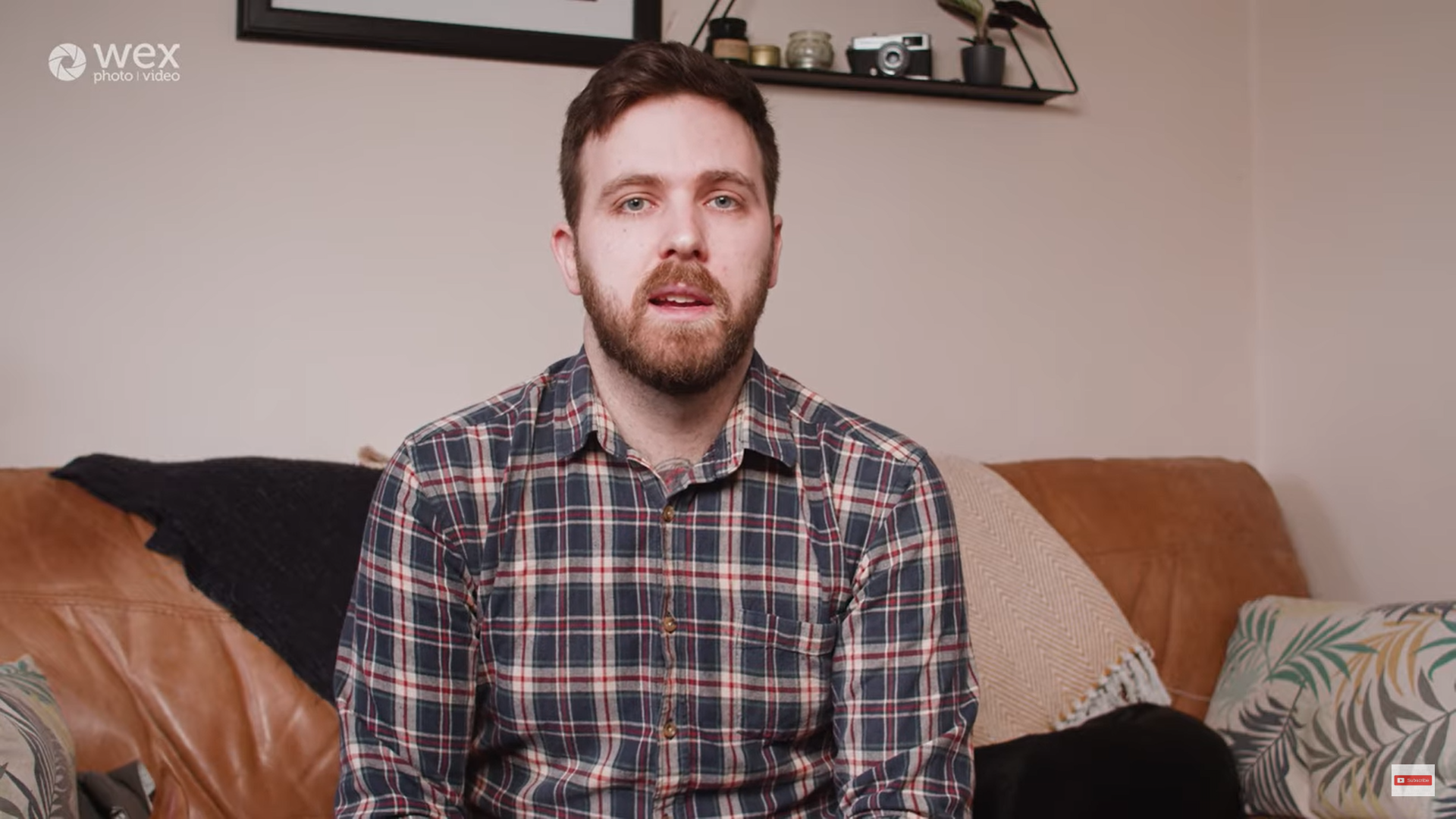
5. Batman | Behind the Scenes of Dark Knight Trilogy | Warner Bros. Entertainment
This is a movie that is recommended for any new filmmaker trying to learn about films as a career. This breakdown is particularly important as it breaks down the entire movie into tiny details. The video talks about VFX, camera angles, colors, and other factors.
The acclaimed director Christopher Nolan explores the origin of the legendary comic character Dark Knight through this film. This movie is a fresh take on the comic book hero ‘Batman.’ The underlying theme of the video was related to the important part of character play.
This video is a necessary watch for all people who want to associate their movie with impeccable storytelling and character study. Moreover, it gives a good idea about how movies are structured and distributed as it is a video about one of the top producers and directors of the present-day movie industry – Warner Bros. Entertainment.

6. Guillermo del Toro’s Pinocchio | Step inside the Magic of Epic Filmmaking | Netflix
It is said that the best way to understand filmmaking is through the works of other filmmakers. This film retells the children’s storybook character ‘Pinocchio’ and uses the concept of stop-motion animation to bring life to the story. Animation is a major part of filmmaking – starting from story building to storyboarding and designing characters, it becomes a crucial part of understanding expression and posture.
This video talks about how films are created and the scale of tasks and jobs related to one film. The constant shifting of scale in different scenes gives a proper understanding of this art form and is a must-watch for beginners.
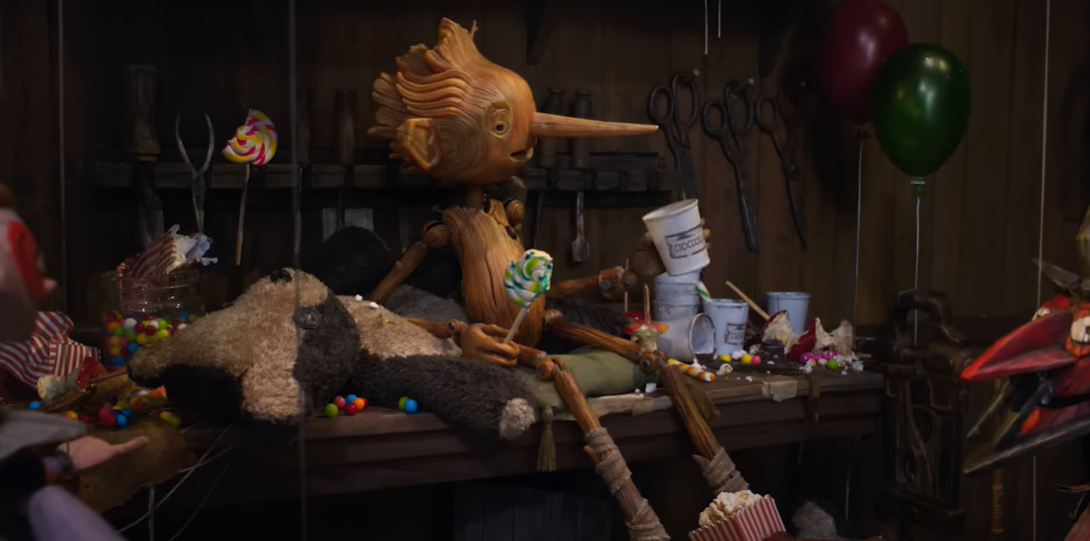
7. Filmmaking 101: Training for Scriptwriting, Camera, Shooting, Lighting, and Video Post-Production
This is an extensive course that covers every aspect of filmmaking, from the pre-production to the post-production phase. The video is 1 hour and 37 minutes long and is in a seminar format. The following topics are covered in the course: developing a story, directing actors, dynamic range, soft and hard lighting, 3-point lighting, editing footage, and so on.
The video talks about how video medium is a great way of spreading stories. It also talks about the science of video learning and the good practices a filmmaker needs to develop to improve their work.
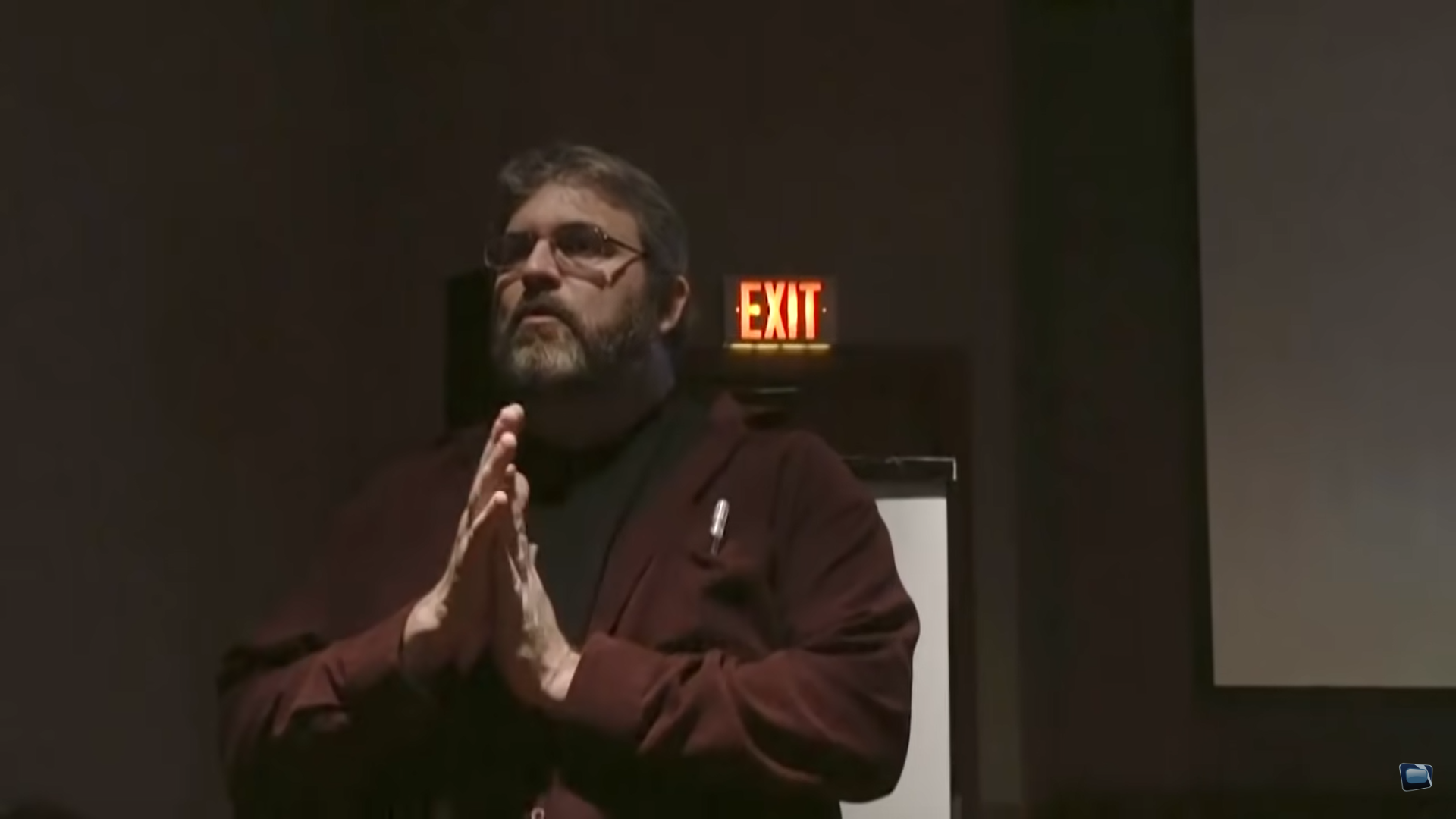
8. Advanced Filmmaking Techniques – StudioBinder
This is a well-structured and highly recommended course for any beginner. The beauty of this course is that the author uses real-life movie examples to cover every aspect of filmmaking. The course is also filled with tips and tricks related to each topic. The videos take a progressive learning curve and talk about the little details used in different movies and call back to learnings from previous videos in the series. It is a very well-structured course and is very helpful to learn the art of filmmaking.
The best part of the video is that it breaks down scenes based on the basic elements of filmmaking. This helps a person see the details in depth and understand these elements much more clearly.
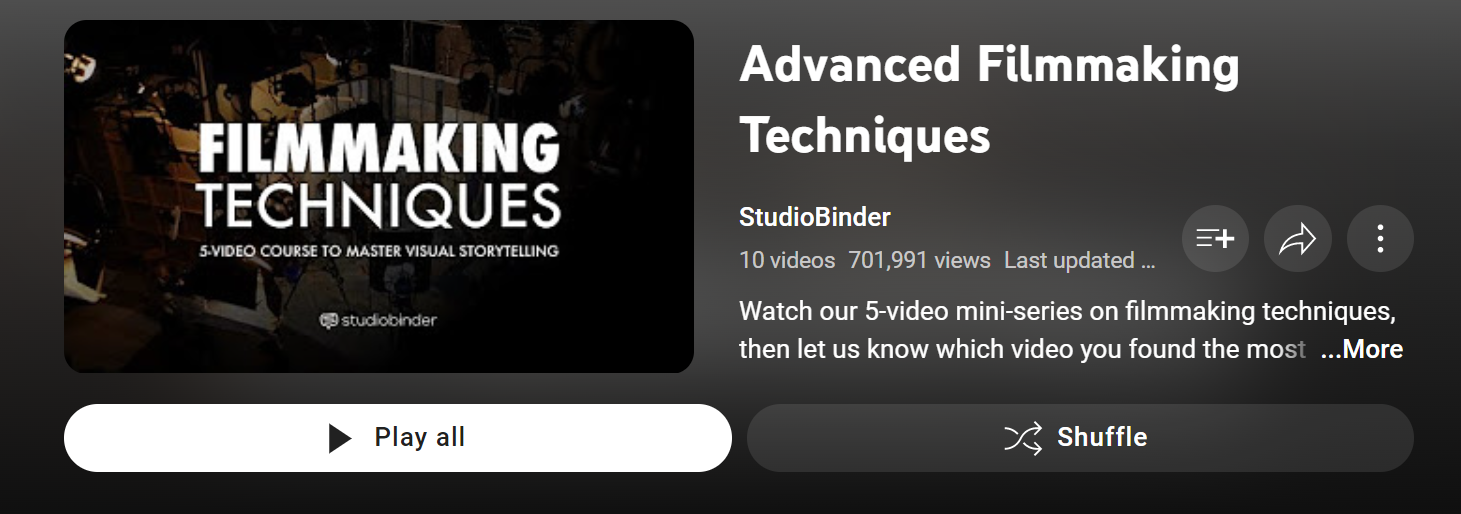
9. The Filmmaking Fundamentals – Julian Discovers
This set of videos talks about the common techniques used in filmmaking and tries to analyze their meaning in the context of the movie. This is a crucial course that helps clear out the fundamental concepts that help build the story of films in the minds of the viewers.
The course also comprises large-scale projects ranging from movies to self-made videos and how to improve in each domain. It talks about the rules related to each of these principles and gives an in-depth analogy of the same.

10. Film Films with Filmmaking Fundamentals – Canon USA
This video series comprises 4 parts. It revolves around starting filmmaking for beginners and begins with the choice of camera and goes on to explain pre-production and shot composition. It also talks about lighting and sound in a comprehensive way and clarifies all doubts and common issues faced by filmmakers. It is produced by Canon USA and Ryan Connolly from Film Riot.
This is a short but well-suited video series for upcoming filmmakers and is a good watch for beginners to understand the technical side of filmmaking.
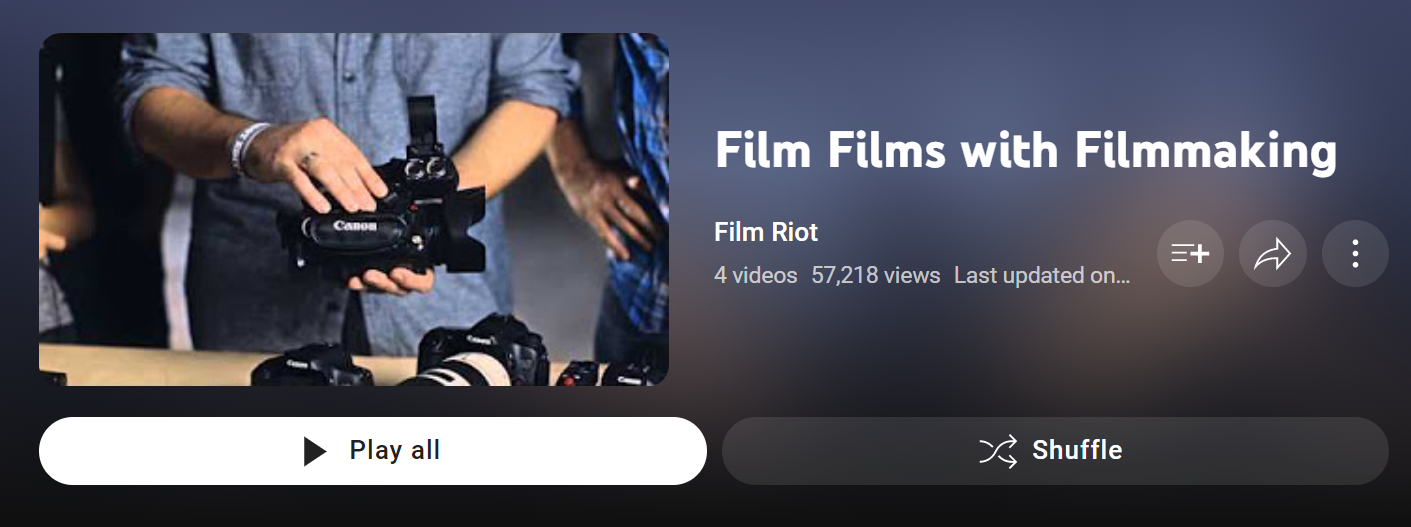
11. Vengeance in the Making | The Batman (2022)
This video begins with the interpretation of the characters in the movie. It comprises behind the scene shots and how the director envisioned the scenes and how they eventually turned out. The movie breaks down the basic structures of a story and takes a dive into the human mind and how each character develops and interacts with one another.
One great part of filmmaking is showing growth within the movie, and that is something that Matt Reeves was able to achieve through his movie. This gives a good understanding of camera angles and VFX and how the two are stitched together. This introspective version of the director’s cut makes it an interesting watch and covers a lot of ground related to the fundamentals of Filmmaking.
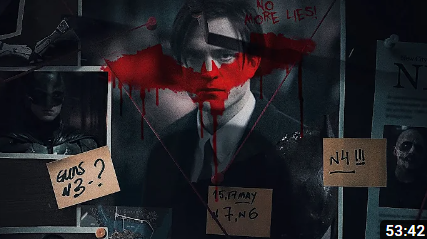
12. How Quentin Tarantino keeps You Hooked – Directing Styles Explained
This is an in-depth video about the directing style of award-winning director Quentin Tarantino and how his movies manage to keep a person hooked on the story. This video breaks down filmmaking techniques used in a Tarantino film. There are a number of screenwriting techniques portrayed through the video, which is helpful in building stories out of primary ideas.
This video is a great one to understand colors and tones and their interactions in the movie, and how their audience perceives it.

13. Cinematic Editing with Matt Komo
Matt Komo has worked with giants like MTV, The Chainsmokers, Steve Aoki, Martin Garrix, GoPro, and MVMT. This makes him an illustrated filmmaker in the industry. This video talks about the different aspects of filmmaking. This course is in a website format and gives a description of each of the videos and elements. He also talks about his journey in filmmaking.
A good account of the tools and techniques he uses is given in this video. The importance of visual effects and sound is also highlighted in this course and can be viewed by beginners to develop a better understanding.
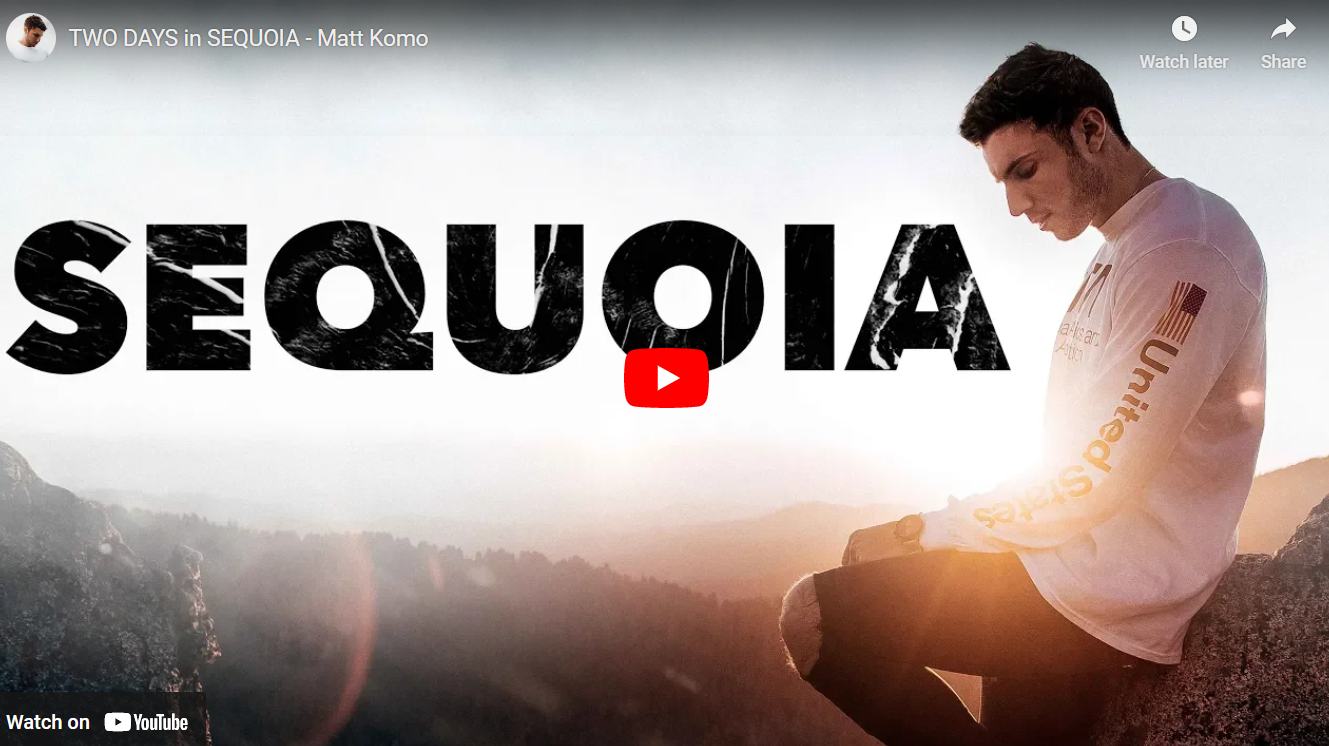
14. Cinematography: Introduction to Composition and Camera Movement – Pluralsight – Matt Workman
The key concepts and techniques of composition and camera movement are explained in this course. It begins with the understanding of frames and terminologies used around composition while conducting a shoot or while speaking with other creatives.
The second part deals with the equipment and how each ‘camera support’ moves the camera and the technologies associated with it. And towards the end of this 36 min course, one learns the fundamentals of filmmaking and how they are used in live-action and virtual/ CG filmmaking.
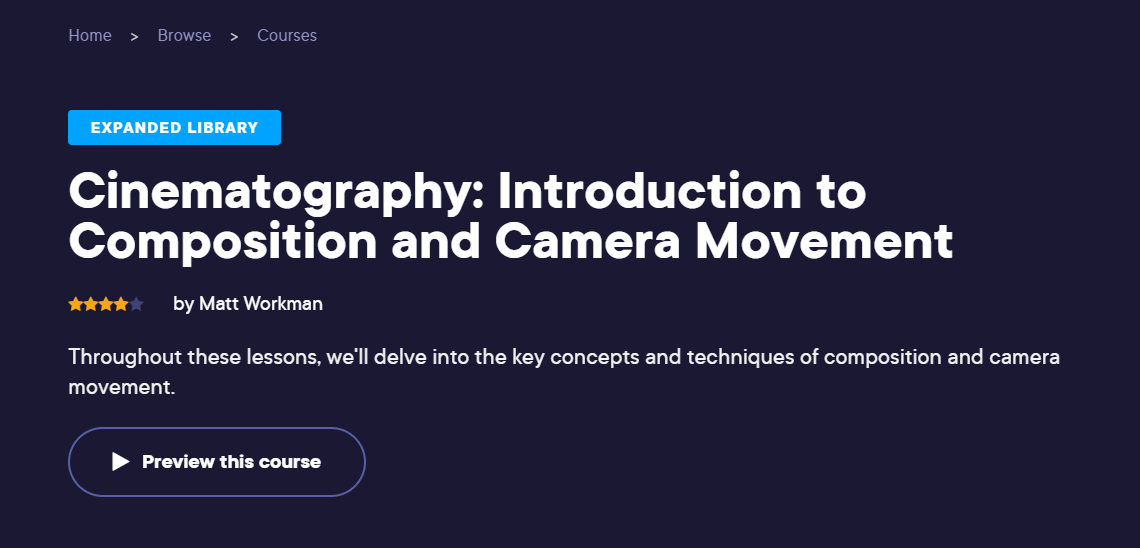
15. Virtual Filmmaking – GCS243
As the world is moving towards virtual modes of communication, films are also largely accepting of these newer technologies. This video gives an in-depth idea of this upcoming mode of communication and how it impacts the movies one creates. It also gives the beginner a good head start to dive into the world of cinema.
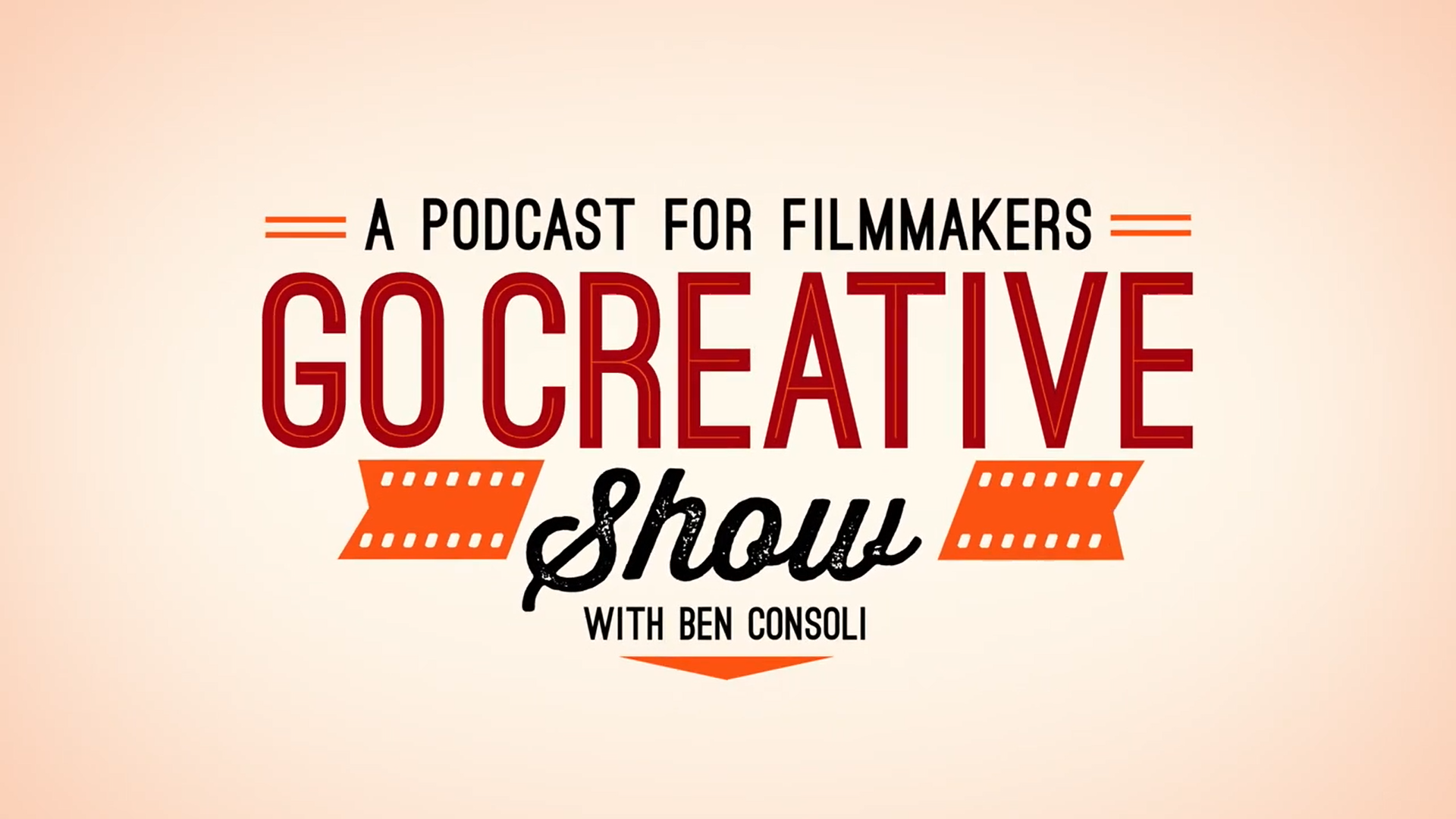
Conclusion
It is safe to say that the best way to learn filmmaking is through extensive film research. While conducting research, it was clear that when these fundamentals were explained with help of examples and breakdowns, which made it much easier to grasp.
As beginners, it is easy to get confused about technical aspects of the film; therefore, it is important to get through the process in a step-by-step manner.
It is also crucial to understand storytelling and then jump into scene building and screenwriting, as that would give the video or film a great structure and restraint.
Following the workflow of good directors and filmmakers may not guarantee an extreme creative bloom, but with helps people understand the structure of films much better than those without prior knowledge of it.





